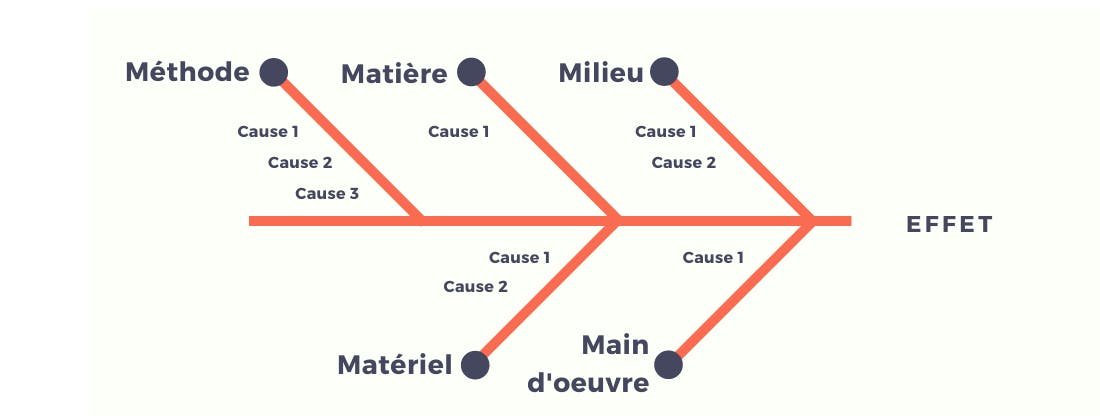The 5M or Ishikawa Diagram: Discover the Methodology
Find out more about the 5M methodology!
It is important to ensure food safety in your establishment. To do so, you need to identify hazards and assess the risks to food safety. Find out how to do it with the 5M method!
Implementing the HACCP method in your restaurant is not something that comes naturally, it requires structuring your methods and organizing the management of your restaurant on a daily basis.
The 5M method is one of the keys to succeed in this exercise correctly. Discover how to implement it easily.
What is the 5M method?
The 5M method, also called, Ishikawa diagram, is a tool designed by Kaoru Ishikawa, a former Japanese engineer. This diagram takes the form of a tree with several branches, with the problem encountered at the head and the causes represented by the branches.
Remember, in our article dedicated to the implementation of good hygiene practices, we saw that to apply the HACCP method, it was necessary to be able to identify the hazards and assess the risks for food safety. This is the whole point of the 5M method.
What do the 5Ms of the Ishikawa diagram represent?
The 5M of the Ishikawa diagram represents 5 causes of a problem that can be grouped into 5 categories:
- Ingredients: the raw materials used
- Materials: utensils, equipment
- Environment: the environment, the workplace
- Methods: all the production procedures, recipes...
- Manpower: all the employees of your establishment
Optimize your hygiene and traceability
How to apply the 5M method?
In order to make your Ishiwaka diagram, you will have to follow 4 steps:
- Define the problem: for the 1st step, start identifying and writing down the potential problems.
- Brainstorming: then, openly ask the team the question "What are the causes that can lead to the problem identified above? Collect the ideas, write them down and categorize them within each M.
- Cause and effect diagram: you will quickly realize that the ideas start to dry up after a while. It's time to draw the diagram on a support, and to position each idea on one of the 5Ms.
- Prioritize the causes: finally, it is important to prioritize the causes. Treating all the causes of a cost would take too much time, so you have to prioritize the cause that has the most influence on the observed effect. This hierarchy should guide you in the actions to be implemented quickly.







